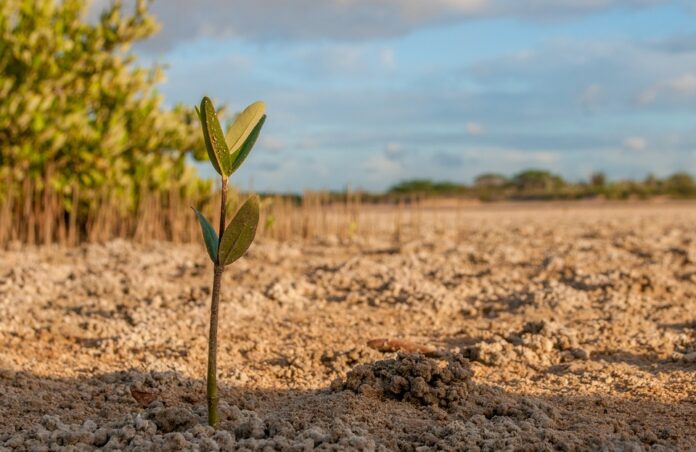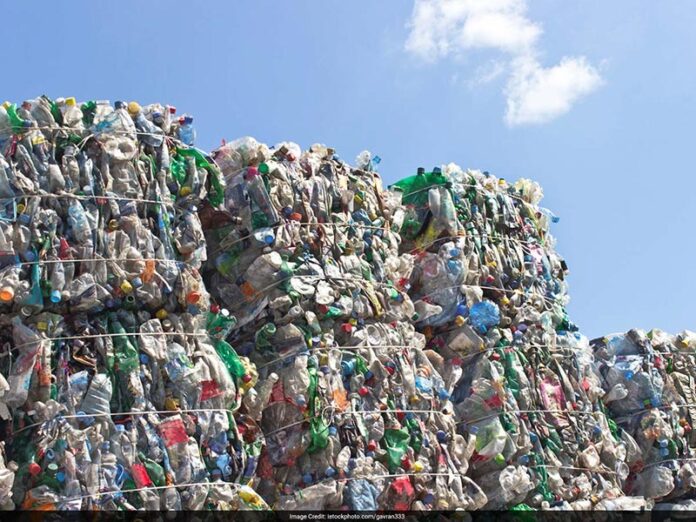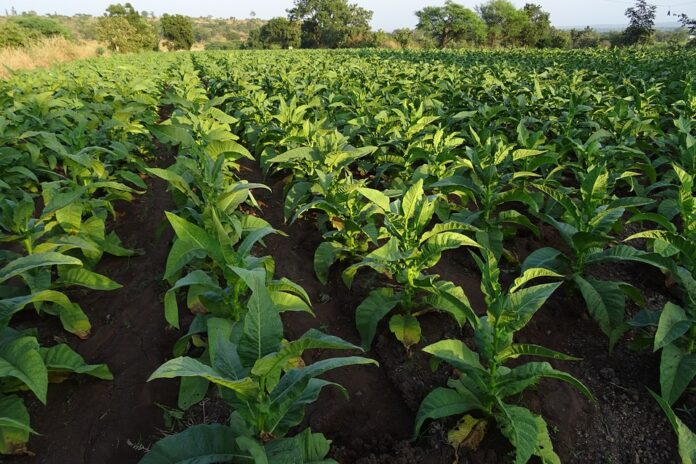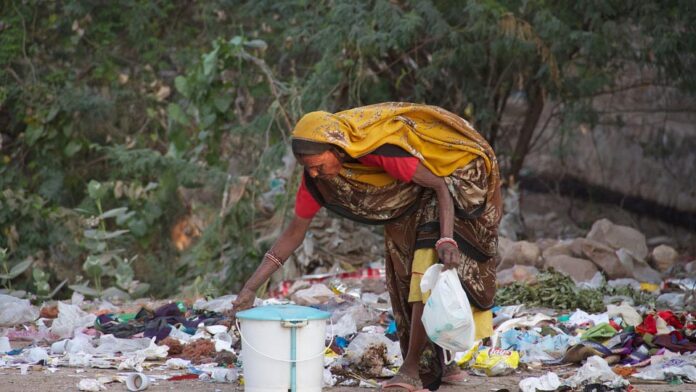Madhya Pradesh government recently planted 67 million trees along the Narmada river, setting a Guinness Book World Record. The campaign was organised by the government with 24 districts in the Narmada river basin chosen as planting sites. The fertility of the basin will increase the saplings’ chances of survival. Over 1.5 million volunteers helped plant 20 different species of trees. This comes soon after the Maharashtra government launched its Green Army project, another mass plantation drive to increase the state’s forest cover. Last year, the Akhilesh Yadav government in Uttar Pradesh planted 50 million trees in one day. In Nagpur last year, under the Green Maharashtra initiative by the BJP, 2 crore trees were planted.
The campaign went by the Madhya Pradesh government went on for 12 hours and a GPS reading of the site of the plantation was used to verify the plantation. Two witnesses were present to monitor each plantation along with 50 other volunteers present on the location. Officials from the forest department were also present to assist with the campaign. Forest guards and volunteers ensure the health of the saplings after they’re planted.
Prime Minister Narendra Modi has highlighted India’s commitment in the Paris Climate Agreement, earlier this year. India is the third largest in carbon emissions in the world. We have also pledged to increase our forest cover by five million hectares before 2030. This is one of the chief factors behind these plantation drives being carried out on such a large and record-breaking scale. Even the Nagpur drive was registered in the Limca Book of Records. These campaigns are an excellent example of citizen participation and government involvement in environmental preservation. But the efficiency and success of these movements can only be determined by the final outcome.
Three months after the Nagpur plantation drive, Times Of India published a report claiming that 90% of the saplings planted as part of the Green Maharashtra campaign wasn’t even standing. The forest officials, corporates, NGOs and volunteers who were responsible for taking care of the saplings shrugged off the responsibility when asked. Politicians in power then had either been transferred or taken up another department. The corporates and organisations forget about the campaigns after they are launched and reach the stage where attention is crucial.
Sustainability and environment have come to the forefront as a major public concern. It is important to ensure that these major issues are not used as political gimmicks by parties to strengthen their vote banks. The corporates donate the money for the projects but no steps are taken to ensure that the activity is a success. These projects have the potential of real impact and change but the intent behind them is of grave importance. Therefore, the participants in these campaigns have to take steps to make sure that they don’t become prey to appeasement by those in power.
Thank you for reading the story until the very end. We appreciate the time you have given us. In addition, your thoughts and inputs will genuinely make a difference to us. Please do drop in a line and help us do better.
Regards,
The CSR Journal Team
Subscribe




 The author, Ankush Patel is the Co-founder & CEO of Treeni Sustainability Solutions, an organization committed to help Indian companies reimagine and embrace sustainability.
The author, Ankush Patel is the Co-founder & CEO of Treeni Sustainability Solutions, an organization committed to help Indian companies reimagine and embrace sustainability.


 Anirban Ghosh is the Chief Sustainability Officer at the Mahindra Group. He has been working with Group in Sales, Marketing, and Strategy since 1999 and has been recognized as a distinguished CSO in his current role. A gold medal winning engineer from Jadavpur University, Calcutta, Ghosh has pursued doctoral studies in Marketing Management at IIM Ahmedabad. He enjoys music, reading, traveling, driving, cricket and tennis. He is an active public speaker and has represented the nation at the Festival of India across multiple nations.
Anirban Ghosh is the Chief Sustainability Officer at the Mahindra Group. He has been working with Group in Sales, Marketing, and Strategy since 1999 and has been recognized as a distinguished CSO in his current role. A gold medal winning engineer from Jadavpur University, Calcutta, Ghosh has pursued doctoral studies in Marketing Management at IIM Ahmedabad. He enjoys music, reading, traveling, driving, cricket and tennis. He is an active public speaker and has represented the nation at the Festival of India across multiple nations.




 For proper implementation of the initiative, a mobile app will be created. Those who want to participate can register and apply through the mobile app to be eligible for the draw. The local GHMC workers will then check if the claims of the participants of segregating waste are true.
For proper implementation of the initiative, a mobile app will be created. Those who want to participate can register and apply through the mobile app to be eligible for the draw. The local GHMC workers will then check if the claims of the participants of segregating waste are true.






